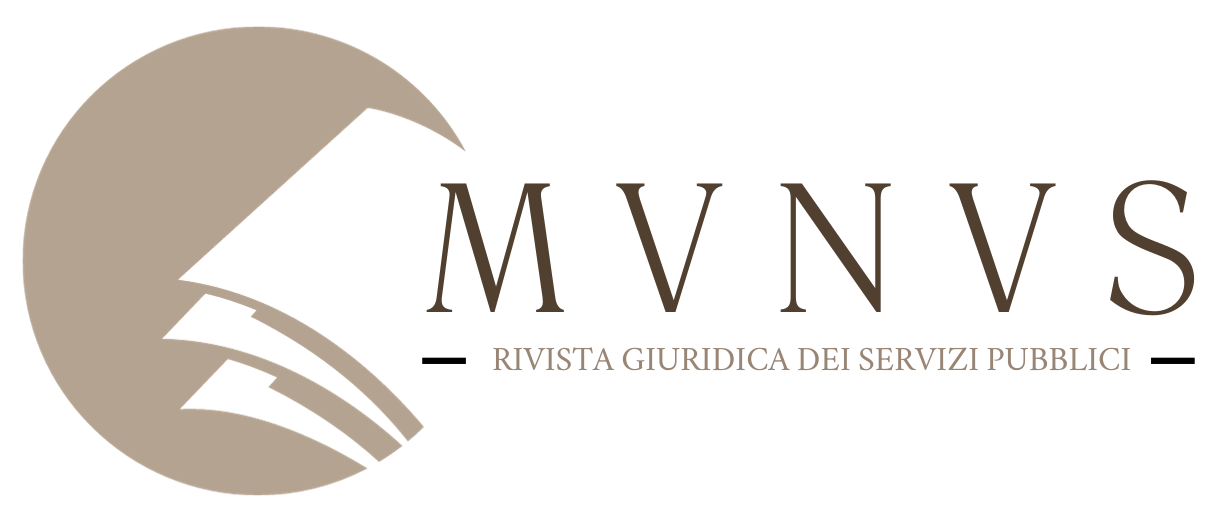Sommario:
1. Premessa.
2. I principi.
3. L’organizzazione. Il livello nazionale.
3.1. Il governo. – 3.2. Fondazione Italia Sociale.
3.3. Il Registro unico nazionale del Terzo settore.
3.4. L’Organo nazionale di controllo e i suoi uffici.
3.5. Le reti associative e il Consiglio nazionale del Terzo settore.
4. La dimensione locale dell’organizzazione. I centri di servizio per il volontariato.
5. L’attività.
6. L’amministrazione consensuale.
7. I beni.
8. Considerazioni conclusive.
Abstract:
With the Legislative Decree No. 117 of 3 July 2017 (Third-Sector Code), the legislator intended to organize in a coherent and comprehensive way an area previously divided into many sectors. Before the Code there were, in fact, many laws concerning the different subjects (social cooperatives, social enterprise, volunteering, social promotion associations, foundations, etc…), the different activities related to varied sectors (social services, health, handicap, drug addiction, culture, education, free time …), and the field of tax and incentives (the legislative decree on non-profit organizations). All further divided between state and regional regulations. Has the Code managed to achieve this extremely difficult goal? Have the principles of subsidiarity, autonomy of civil society and freedom of association been respected? What are the organizational principles that actually characterize the reform? This essay tries to answer these questions. It will therefore start with an introduction of the reform to then explain the bodies and institutional subjects that mark the new structure (Italy Social Foundation, various types of control bodies, single register of the third sector, voluntary service centres …). Lastly, after making some considerations about the activities, contracts and goods pertaining to the third sector, some reconstructive ideas will be provided.
